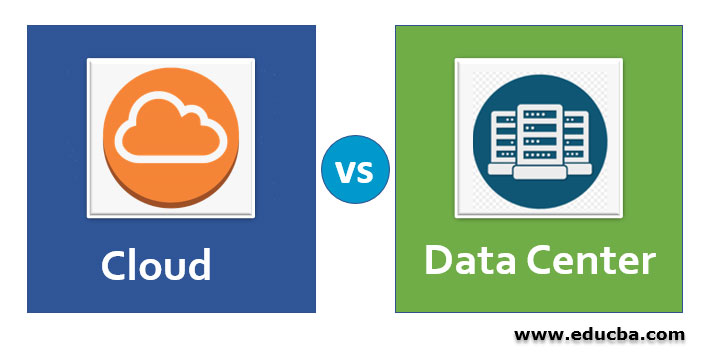Difference Between Data Center & Cloud

A data center and the cloud are related concepts, but they have distinct differences in terms of infrastructure, deployment models, management, and accessibility.
Here's a breakdown of the key differences between a Data Center & the Cloud:
Data Center:
- Physical Infrastructure: A data center refers to a physical facility that houses various IT equipment, including servers, storage devices, networking components, and cooling systems. It provides a controlled environment for hardware to operate securely and efficiently.
- Ownership and Control: Data centers can be owned and operated by individual companies or organizations. They have full control over the hardware, software, and infrastructure within the facility.
- Capital Investment: Setting up and maintaining a data center requires a significant upfront capital investment for purchasing and maintaining hardware, networking equipment, and facilities.
- Scalability: Traditional data centers can be scaled vertically by upgrading hardware or horizontally by adding more servers or storage devices. Scaling often involves physical adjustments and may take time.
- Management: Organizations are responsible for managing and maintaining their own data centers, which includes tasks such as hardware provisioning, software updates, security, and data backup.
Cloud:
- Virtualized Infrastructure: The cloud provides virtualized computing resources, such as virtual machines, storage, and networking, delivered over the internet. These resources are hosted in data centers but abstracted from the underlying hardware.
- Deployment Models: Cloud services offer different deployment models: public cloud (resources shared among multiple users), private cloud (resources dedicated to a single organization), and hybrid cloud (a combination of public and private clouds).
- Ownership and Control: Cloud services are provided by third-party cloud service providers (CSPs) like Amazon Web Services (AWS), Microsoft Azure, and Google Cloud. Organizations use these services but have limited control over the underlying infrastructure.
- Cost Model: Cloud services follow a pay-as-you-go or subscription-based pricing model. This allows businesses to avoid large upfront capital expenses and pay only for the resources they use.
- Scalability: Cloud services offer dynamic scalability, allowing users to easily scale resources up or down based on demand. This can be done through the cloud provider's management interfaces.
- Management: Cloud providers manage the underlying hardware, networking, and security infrastructure. Users focus on managing their virtual resources, applications, and data.
- Accessibility: Cloud services are accessible over the internet, enabling users to access resources and applications from anywhere with an internet connection.
In summary, a data center is a physical facility that houses IT equipment, while the cloud is a service that provides virtualized computing resources over the internet. Data centers can be owned and managed by individual organizations, while cloud services are offered by third-party providers. Cloud services offer more flexibility, scalability, and reduced upfront costs compared to traditional data center setups.
Thank You
